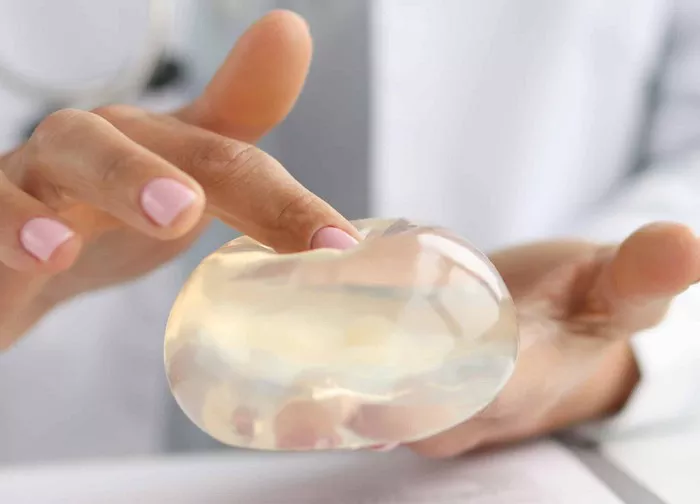Silicone implants are commonly used in various cosmetic and reconstructive surgeries, providing individuals with desired enhancements and improvements. While these implants are generally safe and durable, there is a possibility of rupture under certain circumstances. Understanding the factors that can cause a silicone implant to rupture is crucial for individuals considering or already having such implants. In this article, we will explore the main causes of silicone implant ruptures and discuss the importance of regular monitoring and maintenance.
1. Age and Wear
Silicone implants, like any other medical device, have a limited lifespan. Over time, the implant’s outer shell may weaken or wear out due to natural processes. The duration an implant can last varies, but most manufacturers suggest that implants may need to be replaced after 10 to 15 years. Aging and wear can result in the formation of microfractures or tears in the implant’s shell, eventually leading to rupture.
2. Trauma or Injury
Physical trauma or injury to the breast area can also cause a silicone implant to rupture. Forceful impacts, such as a car accident, fall, or direct blow to the chest, can exert excessive pressure on the implant, causing it to rupture. It is essential to protect the chest area from potential injury, especially for individuals who have undergone breast augmentation or reconstruction surgery.
3. Surgical Error
Although rare, surgical errors can contribute to implant ruptures. During the implantation procedure, if the surgeon mishandles the implant or inadvertently damages the shell, it may compromise the integrity of the implant. Surgeons with experience and expertise in performing implant surgeries can significantly minimize the risk of such errors.
4. Capsular Contracture
Capsular contracture is a condition in which the scar tissue that naturally forms around the implant tightens and squeezes the implant. As the scar tissue hardens and contracts, it can exert pressure on the implant, potentially leading to rupture. The exact cause of capsular contracture is not yet fully understood, but it is believed to be influenced by factors such as infection, hematoma, or genetic predisposition. Regular follow-ups with a healthcare professional can help detect signs of capsular contracture early on and prevent complications.
5. Implant Degradation
Silicone implants are made of a durable outer shell filled with cohesive silicone gel. However, over time, the implant’s structure may degrade, causing the gel inside to leak or rupture the shell. Implant degradation can be accelerated by factors such as exposure to extreme temperatures, excessive pressure, or incompatible medications or substances. It is crucial to follow the manufacturer’s guidelines for proper care and maintenance of silicone implants to minimize the risk of degradation.
6. Manufacturing Defects
Although rare, manufacturing defects can contribute to implant ruptures. Imperfections in the implant’s shell, such as thin spots, weak seams, or irregularities, can make it more susceptible to rupture. To minimize the risk of receiving a defective implant, it is essential to choose a reputable manufacturer and work with a skilled surgeon who uses high-quality implants from trusted sources.
7. Overfilling or Underfilling
Proper implant filling is crucial to maintaining the implant’s integrity and reducing the risk of rupture. Overfilling the implant beyond the manufacturer’s recommended limit can put excessive strain on the shell, making it more prone to rupture. Conversely, underfilling the implant may result in excessive folding or wrinkling of the shell, potentially leading to premature wear and tear. It is essential for surgeons to carefully follow the manufacturer’s guidelines when filling silicone implants to ensure optimal results and longevity.
Conclusion
Silicone implants are generally safe and reliable, providing individuals with the desired enhancements. However, it is essential to be aware of the factors that can contribute to implant ruptures. Age and wear, trauma or injury, surgical errors, capsular contracture, implant degradation, manufacturing defects, and improper filling are among the primary causes of silicone implant ruptures. Regular monitoring, follow-ups with healthcare professionals, and adherence to the manufacturer’s guidelines for care and maintenance are crucial for minimizing the risk of implant ruptures. By understanding these causes and taking appropriate precautions, individuals can enjoy the benefits of silicone implants while ensuring their long-term safety and well-being.


